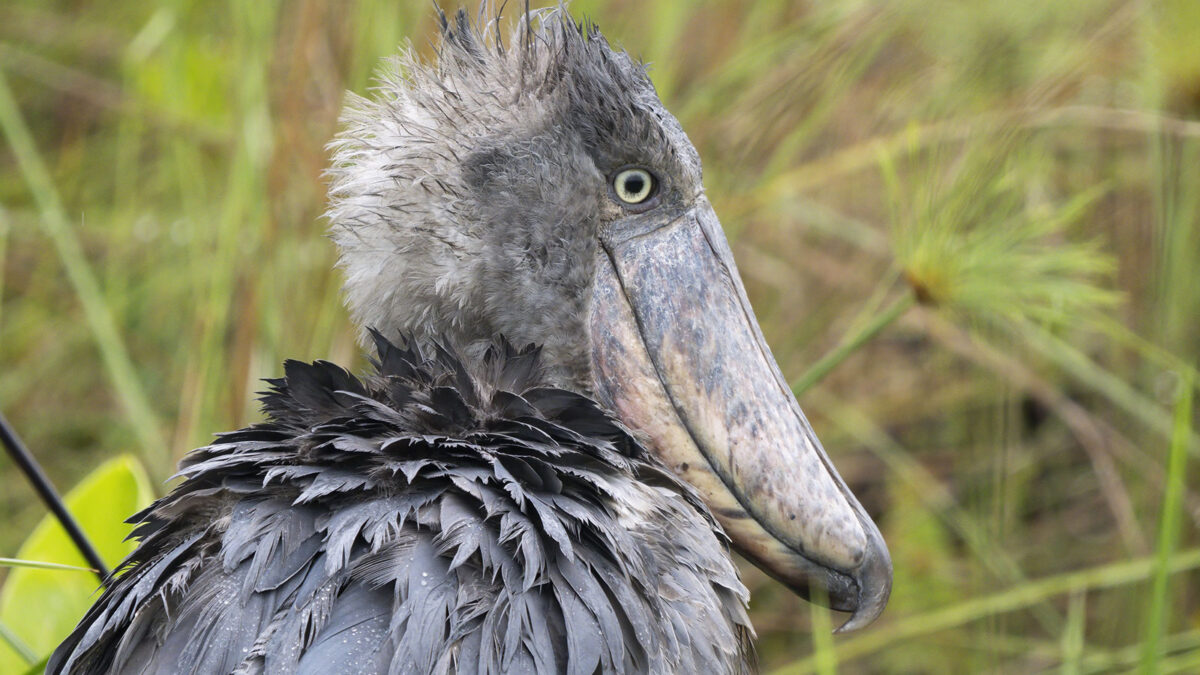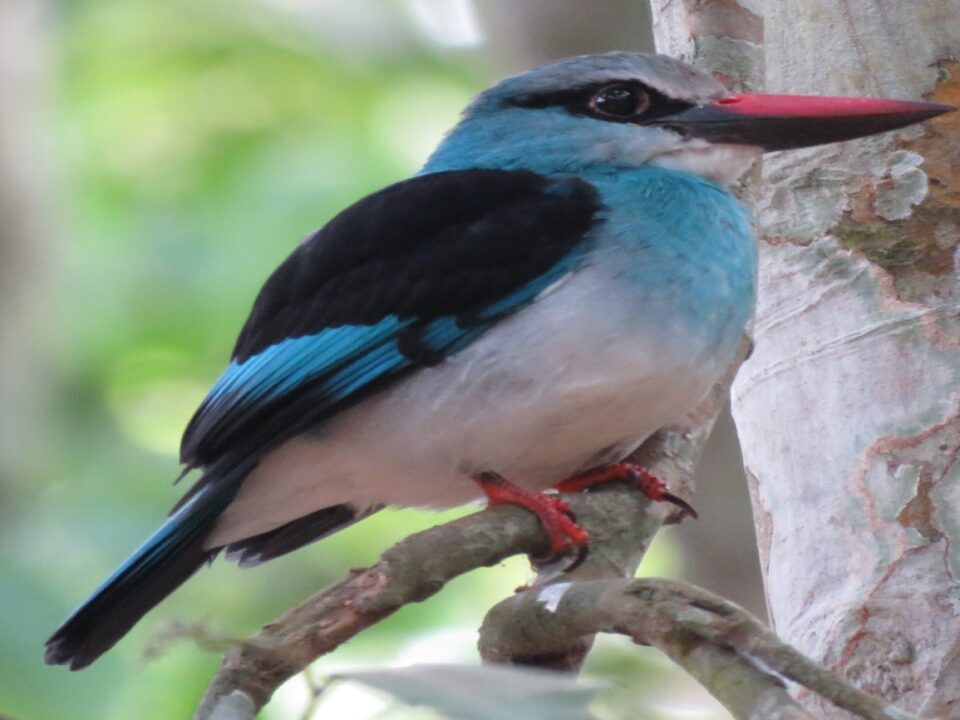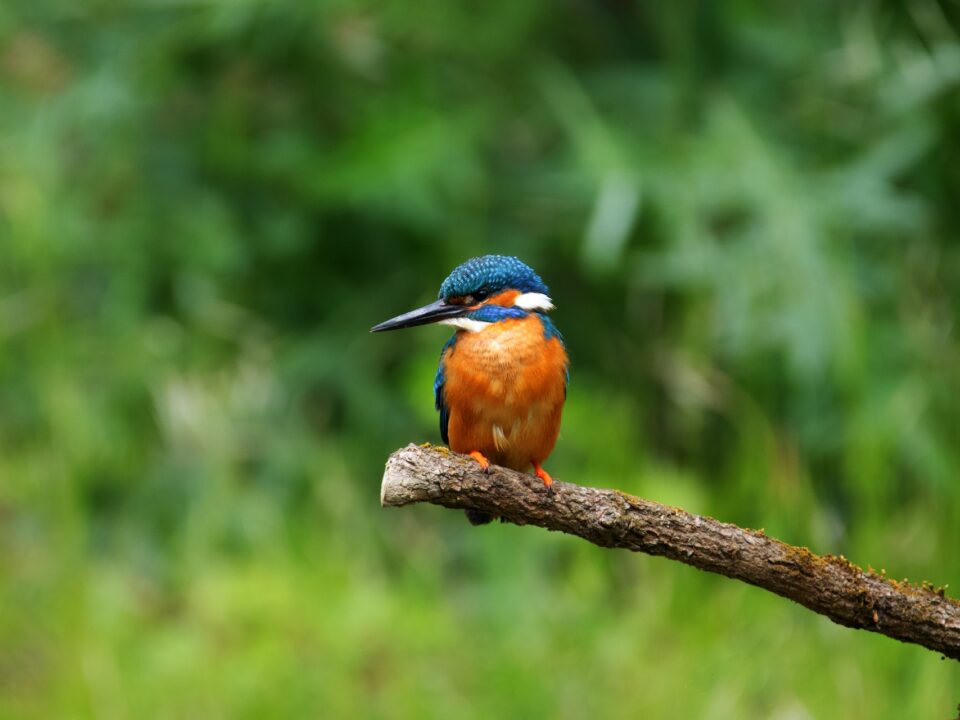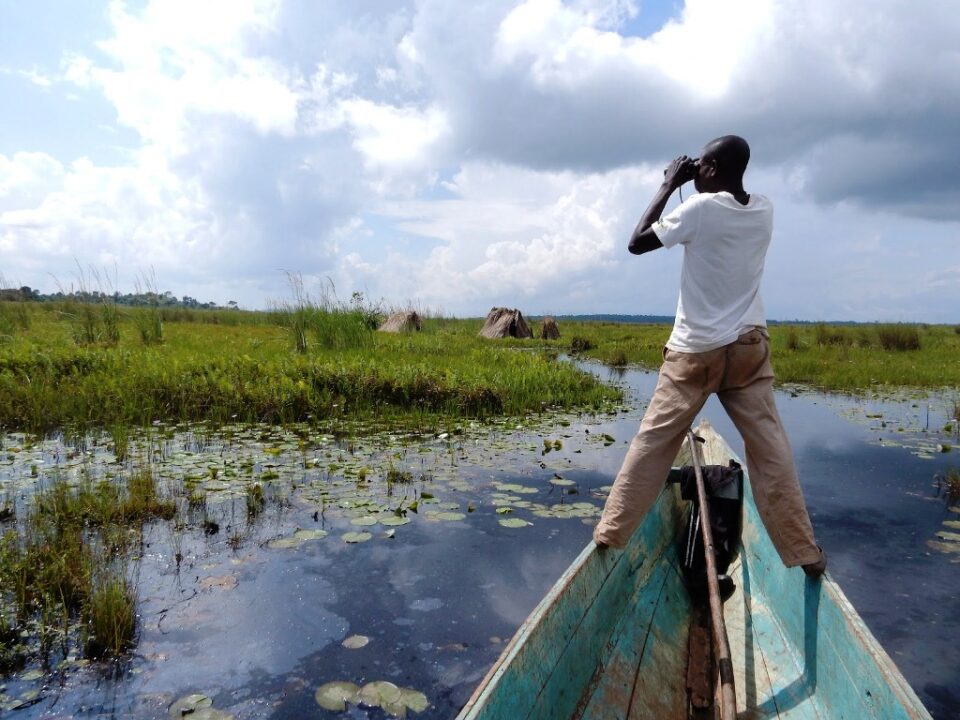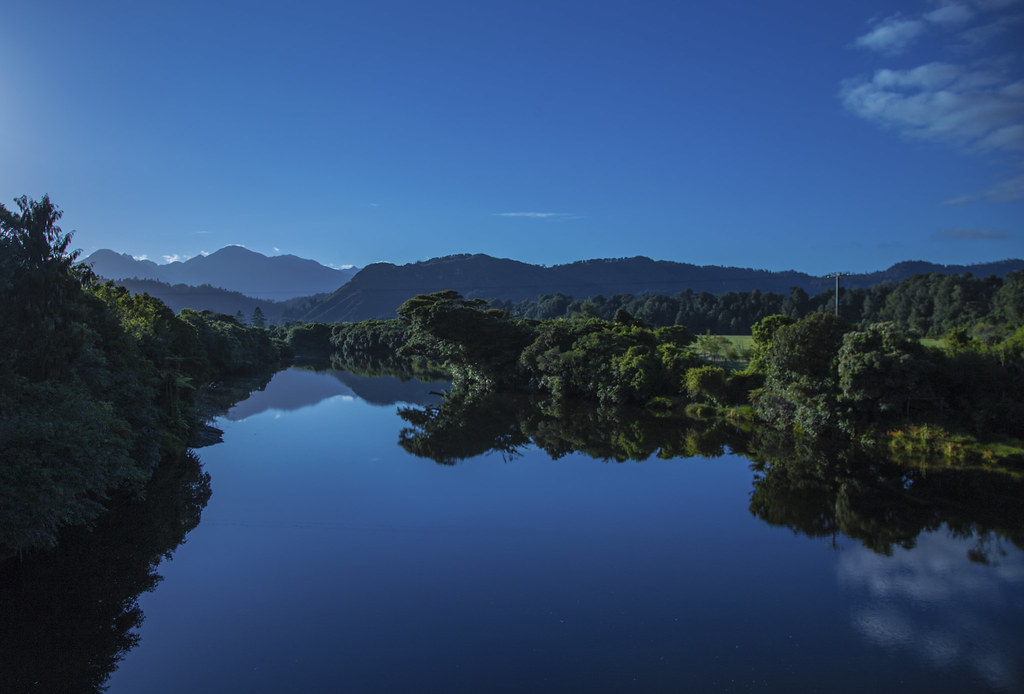
Jinja Source of the Nile
August 22, 2023
Uganda National Park Lodges and Camps
August 22, 2023Exploring Mabamba Swamp: A Birding Paradise in Uganda
Nestled within the captivating landscapes of Uganda, Mabamba Swamp stands as a premier wetland birding haven. Renowned for harboring the majestic Shoebill stork, a bird of extraordinary allure, Mabamba Swamp captivates both tourists and nature enthusiasts alike. Situated west of Entebbe on Lake Victoria’s northern shore, this sanctuary encompasses 2424 hectares adorned with dense papyrus, water lilies, and lush wetland grasses.
An Ecological Gem: Ramsar Site and Biodiversity Hub
Mabamba Swamp‘s significance reverberates through its distinction as a Ramsar site and an Important Bird Area. Over 300 bird species have found refuge within its embrace, including numerous globally threatened species. Notably, 7 of Uganda’s 12 Lake Victoria biome restricted species call this sanctuary home, with the iconic Papyrus Gonolek and a host of wetland specialists among them. Adding to its allure, Mabamba Swamp becomes a temporary residence for vast flocks of Palearctic migrants from October to March each year.
Traversing the Path to Mabamba’s Heart
Embarking on a journey to Mabamba Swamp unveils multiple routes to this avian paradise. From Kampala or Entebbe, the most accessible path leads through Nakiwogo landing site in Entebbe, offering a brief 10-minute ferry crossing to Buwaya landing site. A mere 20-minute drive from there transports you to Mabamba Swamp, weaving through verdant cultivations and open fields teeming with garden birds. Alternatively, the swamp can be accessed by a boat departing from Nakiwogo landing site.
Unveiling the Wetland Gem: A Boat-bound Adventure
Birding within Mabamba Swamp unfolds from the vantage point of a motorized wooden boat. Navigating a labyrinth of trails etched through the thick marshes, this immersive experience unveils the wetland’s hidden treasures. Among them, the enigmatic Shoebill stork commands attention—a symbol of intrigue for bird watchers and non-birding tourists alike. The Shoebill’s distinctive appearance and commanding size render it a captivating figure, making Mabamba Swamp the epitome of accessibility and reliability to witness this rare avian wonder.
A Delicate Balance: Shoebills and the Local Community
Mabamba Swamp teems with lung fish—a delicacy cherished by the Shoebill stork. This same fish has been a sought-after prize among local fishermen. An intriguing superstition held that encountering a Shoebill, locally referred to as ‘Bulwe,’ foreshadowed a poor catch. This led to the unfortunate hunting and decline of Shoebills, nearly driving them to extinction. In 2006, designating the wetland as a Ramsar site offered some reprieve to the Shoebill. The narrative took a turn with the emergence of bird watching, fostering awareness among the fishermen and the community. Embracing this transformation, fishermen now lease their boats to bird enthusiasts, partaking in guided birding excursions. This partnership has safeguarded the Shoebill stork, with fishermen ensuring minimal disruption during fishing trips and even guiding tourists to spot this majestic bird. Approximately 12 Shoebill storks find solace within Mabamba wetland, embodying the harmonious coexistence between nature and community.
The Perfect Encounter: Unveiling the Shoebill Stork
To witness the Shoebill stork in all its splendor, the early hours of the morning—around 7 am—provide an optimal setting, allowing for an undisturbed experience before the flurry of fishing activities commences.
Beyond the Shoebill: A Tapestry of Avian Diversity
Mabamba Swamp‘s allure extends beyond the Shoebill, unveiling a vibrant tapestry of avian life. From the enchanting African Fire finch and majestic African Fish Eagle to the graceful African Jacana and resplendent African Hoopoe, the wetland presents a symphony of feathered wonders. African Marsh Harriers dance in the skies, while Black Crakes and Black-headed Herons grace its shores. The list continues, showcasing an expansive array of species that call Mabamba Swamp home.
In the presence of this avian symphony, Mabamba Swamp beckons birding enthusiasts to immerse themselves in its riches. Here, the vibrant stories of nature’s intricacies intertwine with the local community’s efforts, encapsulating the essence of coexistence and conservation.

